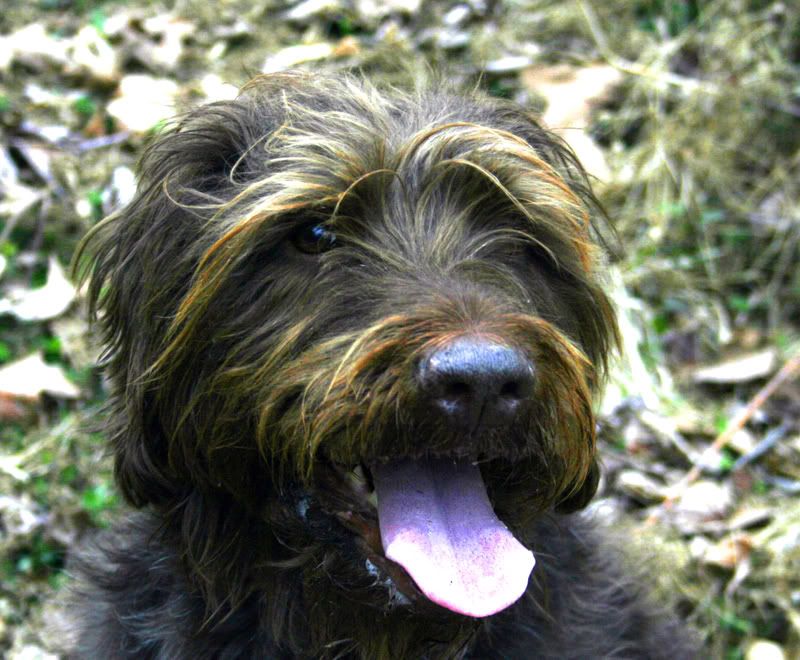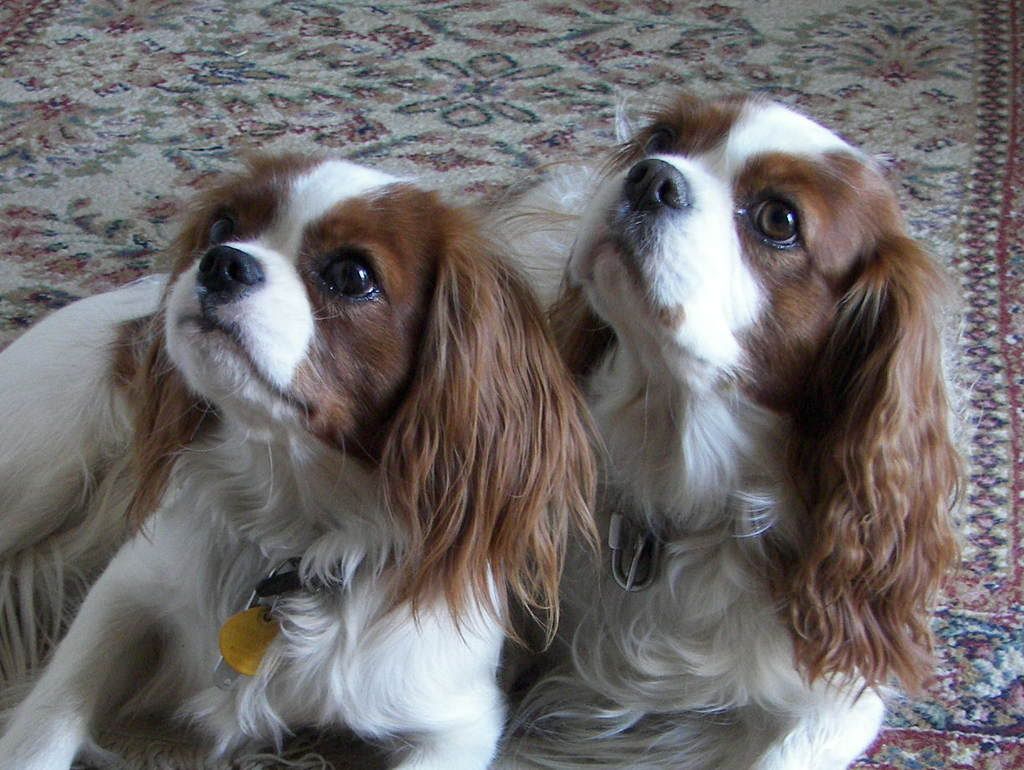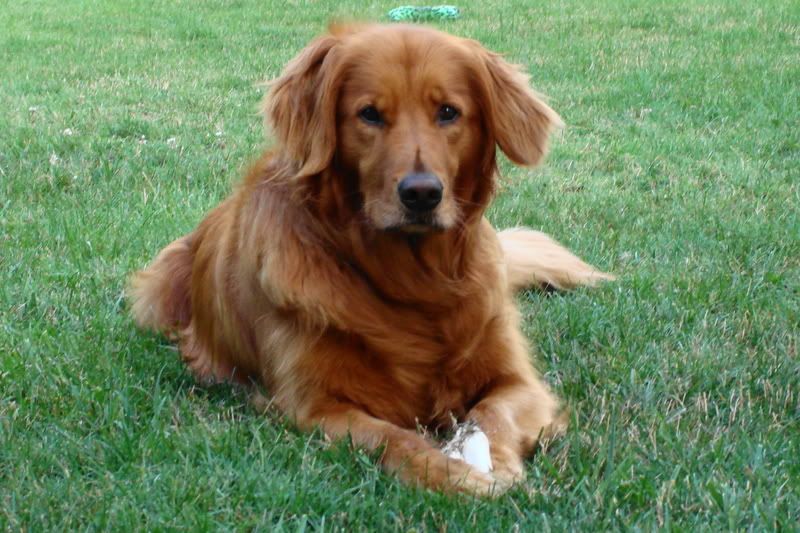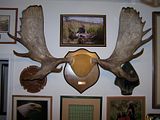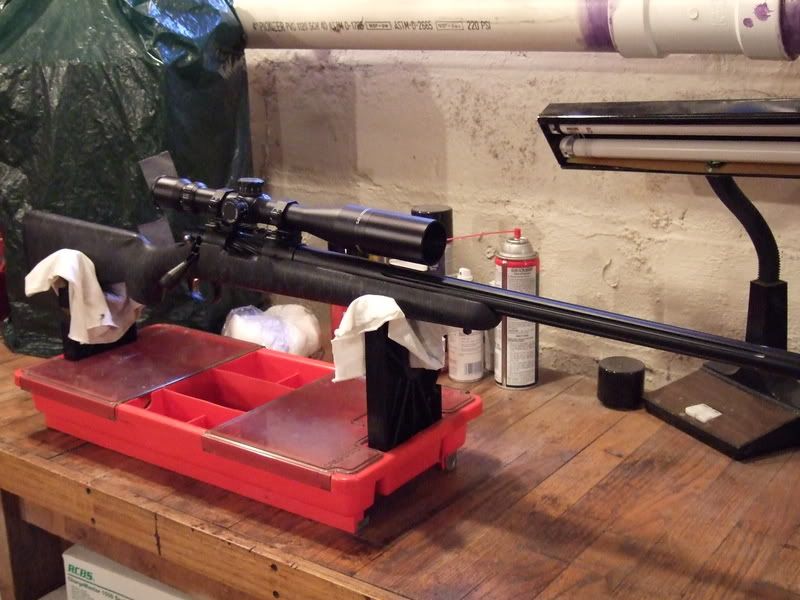Knurling Process - Pictorial Guide
Jan 17, 2009 19:13:59 GMT -5
Post by Harley on Jan 17, 2009 19:13:59 GMT -5
Lately, there's been an increased interest in knurling bullets for different calibers and for both sabotless and saboted loads. Knurling is a straight forward process that will functionally increase the diameter of a given bullet in order to more closely fit the barrel, whether within a sabot or alone within the barrel. In response to one particular request and what I hope will make this simple procedure less threatening, I've put together the following:
1. Either obtain an arbor press or use any good standard press you may have that's up to the job. Pictured below is an arbor press; note the die plunger held magnetically against the press ram. The die is shown placed within an opening in the press turret (in this example, I've shown the die inserted in a short length of bar stock for more stability). You can see the base of the bullet protruding above the die. A pull of the lever and the ram sends the plunger down through the die, resizing the bullet. I've cut out a drop beneath the press and affixed a foam-lined container to catch the resized bullets.
Note: You must lubricate the bullet in some fashion before resizing.
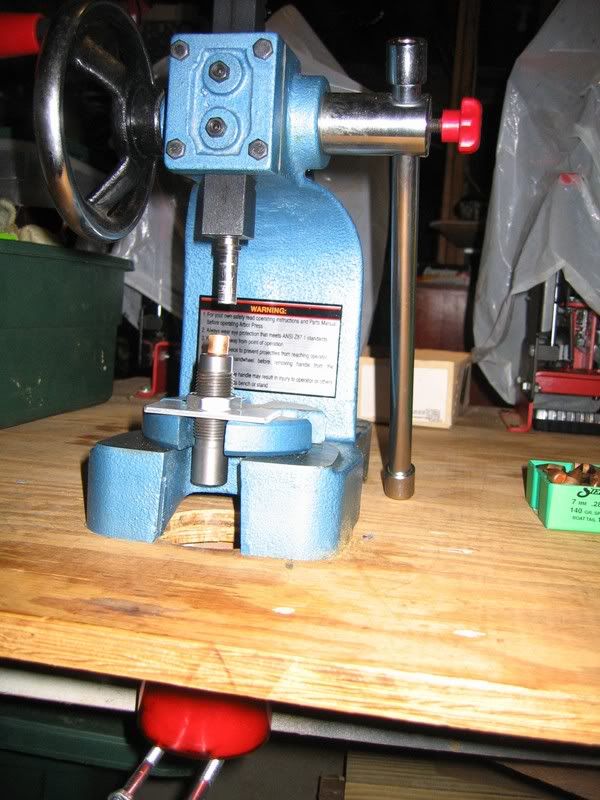
2. The following picture shows two general "bastard" files used for knurling. I have stapled one file to a bench; the other file is attached to a file-size block of wood by hose clamps at each end. This makes them easier to grip and prevents breaking the files. In use just place a bullet on the bottom file and roll it to the other end by applying pressure from the top file.
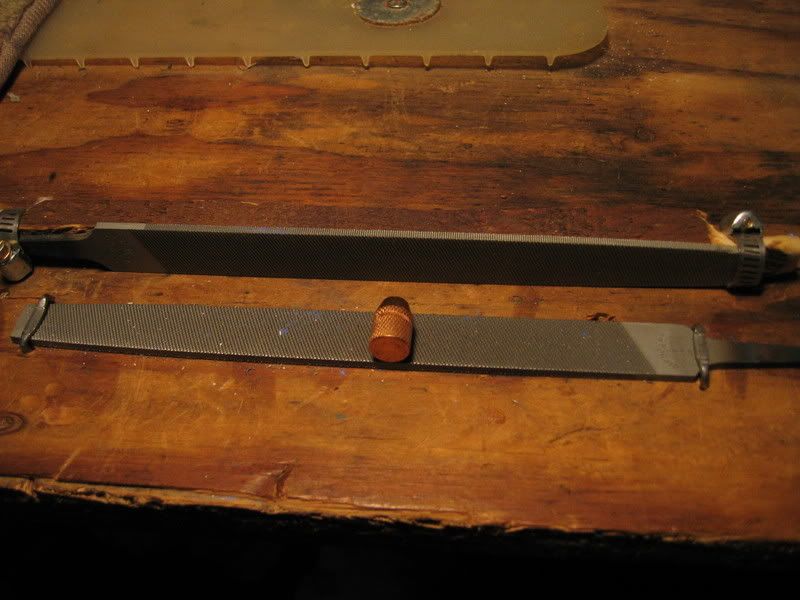
3. Following is a picture showing the knurling pattern imparted to the bearing surface of a bullet.
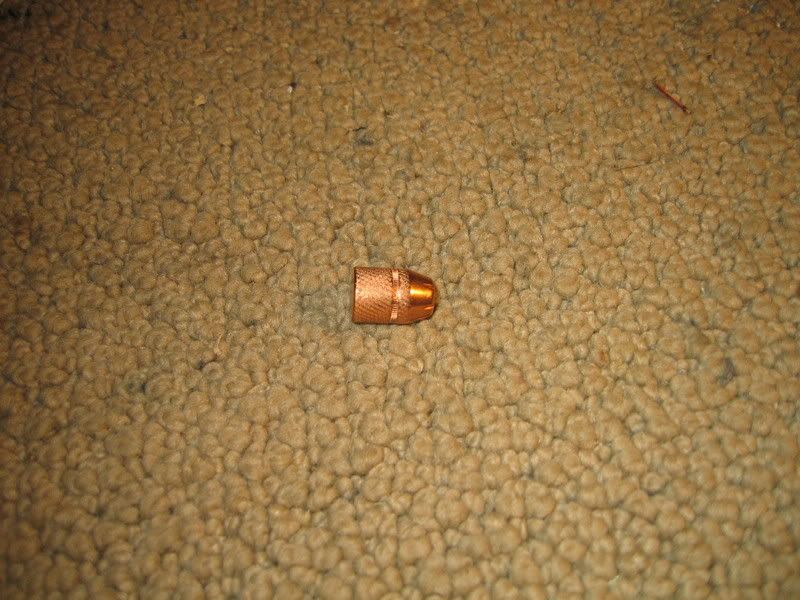
4. For sabotless loading, first lean your rifle conveniently near; after knurling set the base of the bullet on the muzzle. If the muzzle "cups" the bullet, run that bullet again through the files. You want a tight fit when you short-start your bullet.
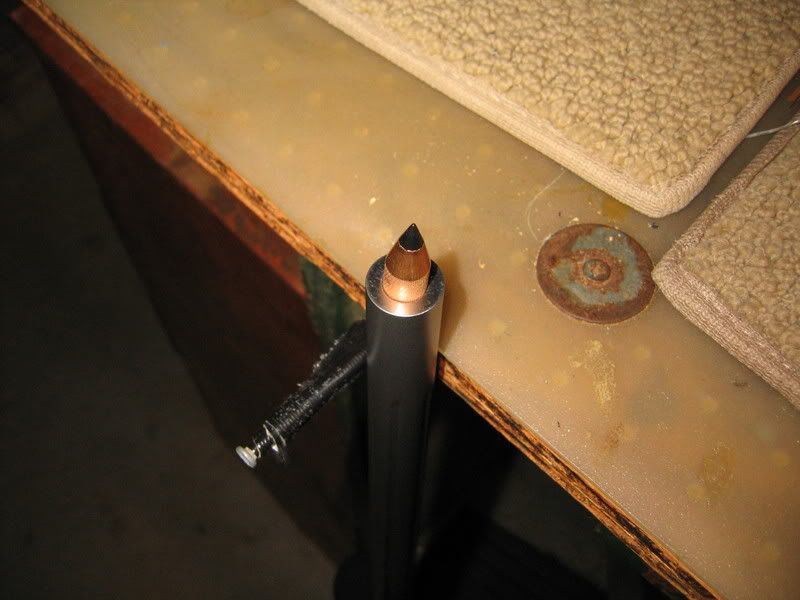
If shooting a saboted load I'd confirm that I'd knurled enough by pushing an assembled bullet/sabot through the barrel to test the pressure required; remember, though, that the force required to seat the combination will increase as the barrel is fouled.
----------------------
July 3, 2010
While the final sizing method illustrated in step 4, above, works very well, I'm modifying this thread to show a more precise way to knurl. The targets, below, have all the relevant information. After first sizing with the Lee .448" die, I final sized with either the .449" or .450" Lee die. Notice that the small final difference in bullet size (.0005") resulted in significantly different group sizes. I think this is a convincing argument both for running the knurled bullet through a final die in order to standardize the bullet's diameter and offers more than a hint that the tighter the bullet is to the bore the better the outcome.
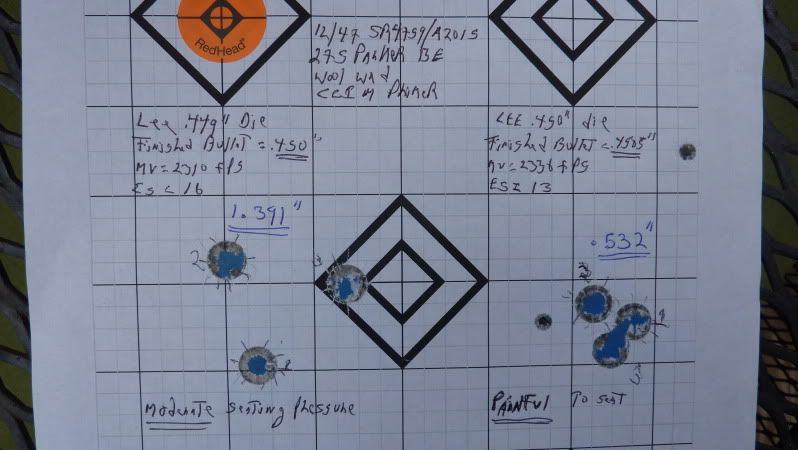
Harley
1. Either obtain an arbor press or use any good standard press you may have that's up to the job. Pictured below is an arbor press; note the die plunger held magnetically against the press ram. The die is shown placed within an opening in the press turret (in this example, I've shown the die inserted in a short length of bar stock for more stability). You can see the base of the bullet protruding above the die. A pull of the lever and the ram sends the plunger down through the die, resizing the bullet. I've cut out a drop beneath the press and affixed a foam-lined container to catch the resized bullets.
Note: You must lubricate the bullet in some fashion before resizing.

2. The following picture shows two general "bastard" files used for knurling. I have stapled one file to a bench; the other file is attached to a file-size block of wood by hose clamps at each end. This makes them easier to grip and prevents breaking the files. In use just place a bullet on the bottom file and roll it to the other end by applying pressure from the top file.

3. Following is a picture showing the knurling pattern imparted to the bearing surface of a bullet.

4. For sabotless loading, first lean your rifle conveniently near; after knurling set the base of the bullet on the muzzle. If the muzzle "cups" the bullet, run that bullet again through the files. You want a tight fit when you short-start your bullet.

If shooting a saboted load I'd confirm that I'd knurled enough by pushing an assembled bullet/sabot through the barrel to test the pressure required; remember, though, that the force required to seat the combination will increase as the barrel is fouled.
----------------------
July 3, 2010
While the final sizing method illustrated in step 4, above, works very well, I'm modifying this thread to show a more precise way to knurl. The targets, below, have all the relevant information. After first sizing with the Lee .448" die, I final sized with either the .449" or .450" Lee die. Notice that the small final difference in bullet size (.0005") resulted in significantly different group sizes. I think this is a convincing argument both for running the knurled bullet through a final die in order to standardize the bullet's diameter and offers more than a hint that the tighter the bullet is to the bore the better the outcome.

Harley

